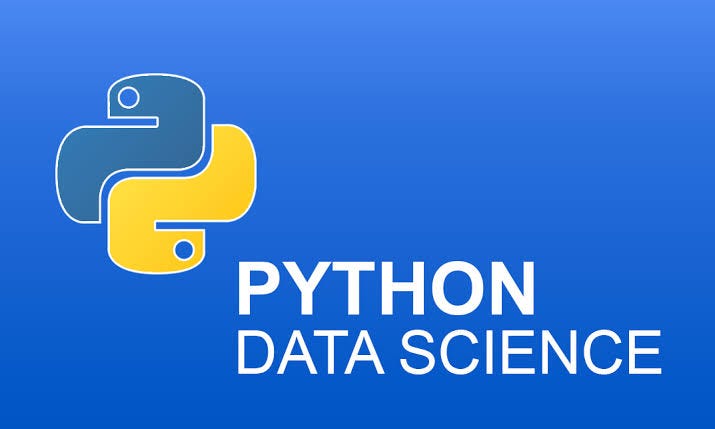
Objective: On completing this course, there will be ample opportunities for you to work as a Data Scientist or Data Analyst or AI or ML engineer. You will be able to do some real world concepts like data analysis, Data wrangling, tools of Data science like Python, sqlLite etc. After completion of this course will be able work on real life projects like House Price prediction, stock market analysis etc.
Technical Prerequisite: Knowledge of Python will be required.
Module 1: Introduction to Data Science
- What is Data science
- Uses of data science
- Tools of data science
- Data analysis and predictive modelling
Module 2: Revisited to Python
- Introduction to Python language
- Data types of Python, numbers, string
- If, elif, Loops in python
- Functions and modules in python
- Lambda function
- Create class and object in python
- Creating and accessing strings
- Indexing and slicing on string
- Strings methods
- List and its methods
- Accessing lists
- Tuple, set, dictionary and their methods
- List comprehension and its uses
Module 3:Numerical Analysis using Python
- Understanding the uses of various open source libraries
- Importing various modules with different methods
- Working with Numpy
- Numerical operations on numpy array
- Exploring various use cases of numpy
Module 4: Exploratory Data Analysis(EDA) using Python
- Pandas module and its uses in data analysis
- Series and Dataframe
- Need of pre-processing of data
- Data Wrangling and feature engineering
- Introduction to sklearn module of python
- Handling different pre processing technique like missing value impute, explore data, convert from string to number etc
- Concepts of normalization and standardisation
- Standardize the dataset using StandardScalar(), MaxMinScalar()
Module 5: Data Visualization using Python
- Introduction to matplotlib, seaborn
- Draw different types of graphs using above modules
- Pie chart, histogram, bar chart, boxplot, count plot etc
Module 6: Data Analytics using Database
- Introduction to database programming
- Concepts of RDBMS, table, Column, rows
- Structured Query language (SQL)
- DML, DDL
- Create, insert, delete, update query
- Concepts of SQLLite
- Connect anaconda from SQLLite
- Convert to CSV from database
- Data analysis
Module 7: Predictive modelling using Machine learning
- What is predictive modelling and machine learning
- Supervised and Unsupervised machine learning
- Difference between classification and regression
- Concepts of train data and test data
- Types of regression problem, linear regression , polynomial regression
- Simple Linear Regression and it uses
- Multiple linear regression
- What is r2score and RMSE score
- Linear classification using Logistic regression model
- Accuracy score, confusion matrix and classification report
Module 8: Time Series analysis
- What is time series data
- White noise and Stationary time series
- How to make a time series stationary
- trend and seasonality
- How to deseasonalize the time series
- How to detrend the time series
- ARMA and ARIMA model
- Autocorrelation in time series
Module 9: handling nonlinear data for prediction
- What is non linearity in the data
- Non linear regression and classification problem
- Concept of tree based and ensemble learning
- Decision tree and random forest regression
- Hyper parameter tuning for decision tree and random forest
- GridSearchCV for hyper parameter tuning
- SVM and its uses in non linear classification
- Kernel and its uses
Module 10: Unsupervised learning
- What is unsupervised learning
- Clustering the data
- K means clustering
Projects:-
- Big mart sales prediction and analysis
- Credit card fraud detection
- Stock market analysis and prediction
- Loan eligibility prediction
- Insurance pricing forecast using regression analysis



